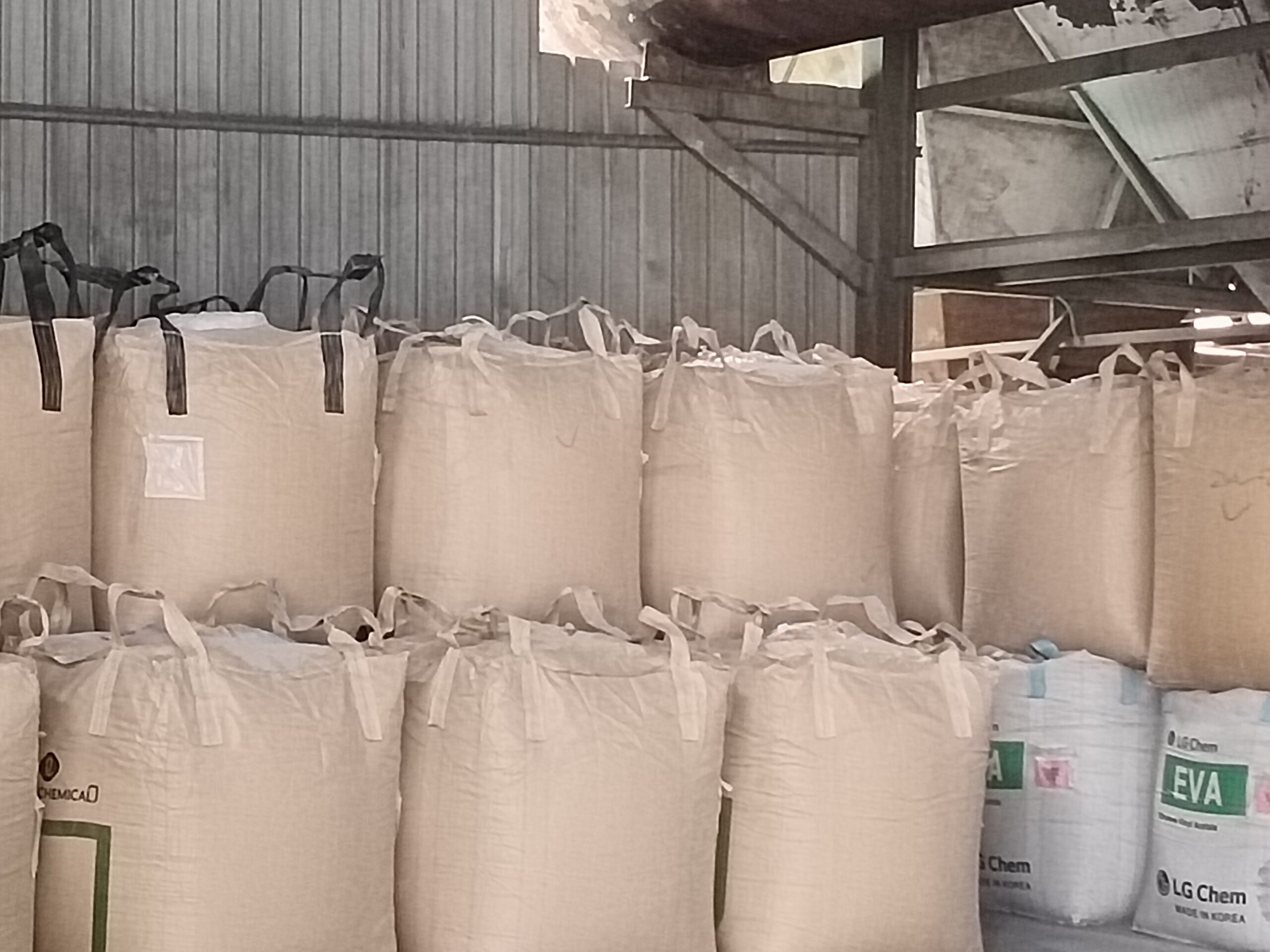The specific uses of various silica micropowders are as follows:
1. Through silica micronized powder, mainly used in epoxy resin casting material, potting material, electrode protection layer, metal casting, ceramics, silicone rubber, coating and other chemical industries.
2. Electrical grade silica micronized powder, mainly used for insulation casting of common electrical parts, insulation casting of high-voltage electrical appliances, APG process injection material, epoxy potting material, high-grade ceramic glaze material, etc.
3、Electronic grade silica micronized powder, mainly used for integrated circuits, electronic components of plastic sealing material and packaging material.
4. Fused silica micronized powder, fused silica micronized powder (WG) is a micronized powder made of natural quartz by high temperature melting and cooling of amorphous SiO2, which is processed through multiple processes. The product has high purity, low thermal expansion coefficient, low internal stress, high humidity resistance, low radioactivity and other excellent characteristics. It is used in large scale and super large scale integrated circuits, epoxy potting compounds, potting compounds, and other chemical fields.
5、Ultra-fine quartz micro powder, mainly used in coatings, paints, engineering plastics, adhesives, quieter rubber, precision casting advanced ceramics.
6、Nano SiOx, as an important member of nano materials, is mainly used in electronic packaging materials, polymer composite materials, plastics, coatings, rubber, pigments, ceramics, adhesives, glass steel, drug carriers, cosmetics and antibacterial materials, etc. It has become a new material to upgrade traditional products.
The main role of microsilica powder has the following aspects.
1. Used in mortar and concrete:
High-rise buildings, harbor docks, reservoir dams, water conservancy culverts, railroad public bridges, subways, tunnels, airport runways, concrete pavements and coal mine roadway anchor spray reinforcement, etc.
2. In material industry: high-grade high performance low cement refractory castables and prefabricated parts, service life is three times that of ordinary castables, refractoriness is increased by about 100℃, high temperature strength and thermal shock resistance are significantly improved; it has been commonly used in: coke oven, iron making, steel making, steel rolling, non-ferrous metal, glass, ceramics and power generation industries; large iron ditch and steel ladle material, breathable bricks, coated repair material, etc.; self-flowing refractory castable materials and wet and dry jet construction applications; oxide bonded silicon carbide products (ceramic kiln kiln furniture, flameplate, etc.); high temperature calcium silicate lightweight heat insulation materials; corundum mullite push plate for electric porcelain kilns. High-temperature wear-resistant materials and products; corundum and ceramic products; Cylon bonded products; in addition to the common use in cast refractories, electrofusion and sintered refractories are also widely used.
3. New wall materials, finishing materials: polymer mortar for wall insulation, insulation mortar, interface agent.
4. Cement-based polymer waterproofing materials.
5. Light aggregate insulation and energy-saving concrete and products.
6. Putty powder processing for internal and external wall construction.
7. Other uses.
① Silicate brick raw materials.
② Production of water glass.
③ Used as a reinforcing material for organic compounds. Because its composition is similar to the fumed silica. It can be used in rubber, resin, paint, paint, unsaturated polyester and other polymer materials as filling reinforcing material.
④ It is used as anti-caking agent in fertilizer industry.
In terms of indicators, there are many similarities and differences between the two. Specifically, the chemical composition of silica micronized powder and microsilica powder is basically the same, the main component is silicon dioxide, and the impurities contain sodium oxide, calcium oxide, magnesium oxide, iron oxide, aluminum oxide, etc.. However, the silicon content of silica powder is higher, basically above 99%, while the silicon content of microsilica powder is generally 80-92%, above 94% is very uncommon.
In terms of particle size, silica powder is processed from natural quartz, the particle size is relatively large, there are 200 mesh, 300 mesh, 400 mesh, 500 mesh, 600 mesh, 800 mesh, 1000 mesh, 1250 mesh, 3000 mesh, 5000 mesh, etc. is a powder state. The fineness of microsilica powder is less than 1μm, which accounts for more than 80%, and the average particle size is 0.1-0.3μm, which is a kind of gray state.
The price of microsilica powder is related to the silicon content and moisture, burning vector degree, from the market aspect, the potential market of microsilica powder is larger than that of silicon powder, and the domestic market of microsilica powder has a lot of room for development. From the above we can see that silica micropowder and microsilica powder have essential differences, the nature of the difference determines the difference between the two uses, in the future commercial trade, but also to distinguish between the two concepts and differences, in order to improve the success rate of trade.








